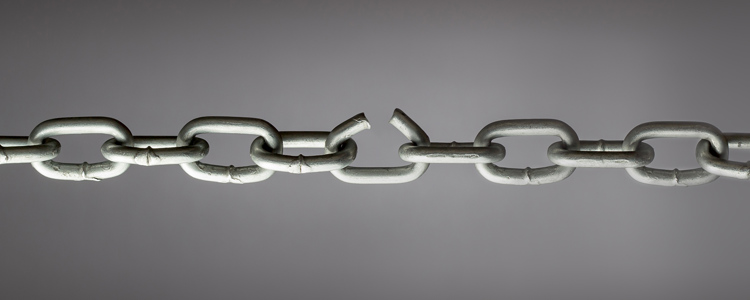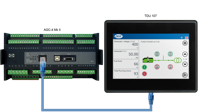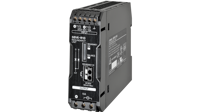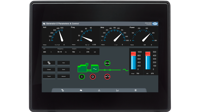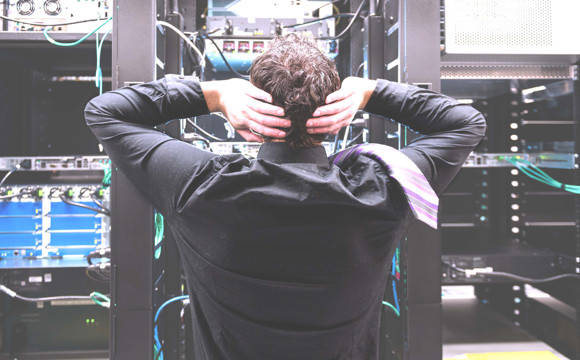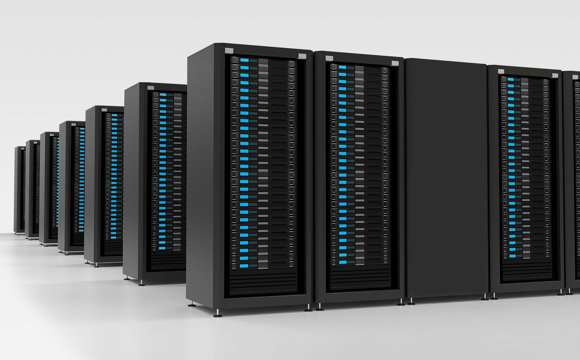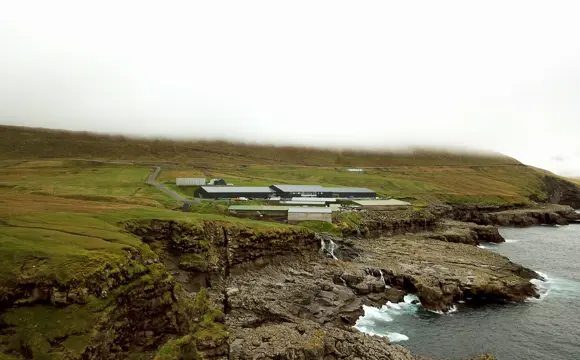Get our whitepaper on critical power system design
Despite the importance of critical power systems, they sometimes fail because of inadequate design, installation, maintenance, or testing. And when they do fail, the consequences can be far-reaching.
Critical power systems need to be designed so that they will always perform as needed whenever you need them to. We have prepared a FREE whitepaper with tips and good advice on the design process. Below are some of our recommendations.
Get the experts involved
Get critical power experts involved when selecting a critical power solution – the sooner, the better. If designing, installing, and maintaining critical power systems is not your core business, you will almost certainly benefit from a constructive dialogue with experts who have extensive and proven experience with critical power.
Among other things, experts can help you set up a pre-project to qualify your installation plans, and they can help you make sure that your staff are trained in using the critical power system. For example, your users need to know how to isolate individual system components for service or maintenance, and manually carry out switching operations in case the automated sequences fail. This is a crucial aspect of operating the critical power system and underlines the importance of staff training, and a critical power expert can help.
Place your critical power system out of harm’s way
The 2011 nuclear disaster at Fukushima, Japan, was caused by a tsunami higher than the installation’s seawall flooding most of the emergency generators and switching equipment. A subsequent report by the International Atomic Energy Agency (IAEA) stated that the design of the power plant did not provide sufficient safety margins for extreme external flooding events such as tsunamis.
Your critical power system needs to be installed in a place where it is safe from any foreseeable incident that could adversely affect operation of the system, and where fire-fighters or utility personnel can easily access it. Flood or earthquake protection and safeguarding against unauthorised access are two examples of important factors that you might need to consider, and you should always design your critical power system so that it is protected against fires – for example by designing the system so that a fire will be contained, or by installing fire sensors near the day tank.

The 2011 Fukushima nuclear disaster was caused by a tsunami flooding the power plant’s critical power equipment. Selecting the right location for a critical power system is crucial.
Ensure that you get the backup power you need
In November 2017, the German city of Mainz was hit by a 20-minute grid blackout. The critical power system at a local glassworks was unable to provide enough power to keep the molten glass in production sufficiently hot. With not enough power to keep manufacturing going, the factory incurred costly production losses and production and delivery delays.
Insufficient critical power is as bad as no critical power, and you need to select gensets and engines that provide enough power while offering the lowest possible costs. When selecting engines to drive your gensets, consider the total purchasing, operating, and maintenance costs, and system redundancy. Several smaller engines may be cheaper than one big one and provide a modular expansion approach and power supply redundancy. On the other hand, service staff may spend more time on service and maintenance with more engines, and operating one engine may be simpler and more effective.

In November 2017, the critical power system at a German glassworks was unable to provide enough power to keep production going, resulting in costly production losses and production and delivery delays.
There are many more aspects to designing a reliable critical power system. For more details, download the complete whitepaper for FREE from deif.com. Hopefully, it will help you steer clear of some of the pitfalls that have put critical power systems out of action on several occasions in the past!
Download our FREE whitepaper on critical system power design
Blog: Get full backup power within 10 seconds with the CBE feature
Read our guide about data centres
-

Contact us to discuss your options
- 90 years of energy pioneering
- Manufactured at the highest standards
- Superior quality
- Unmatched service and support
- Made in Denmark



